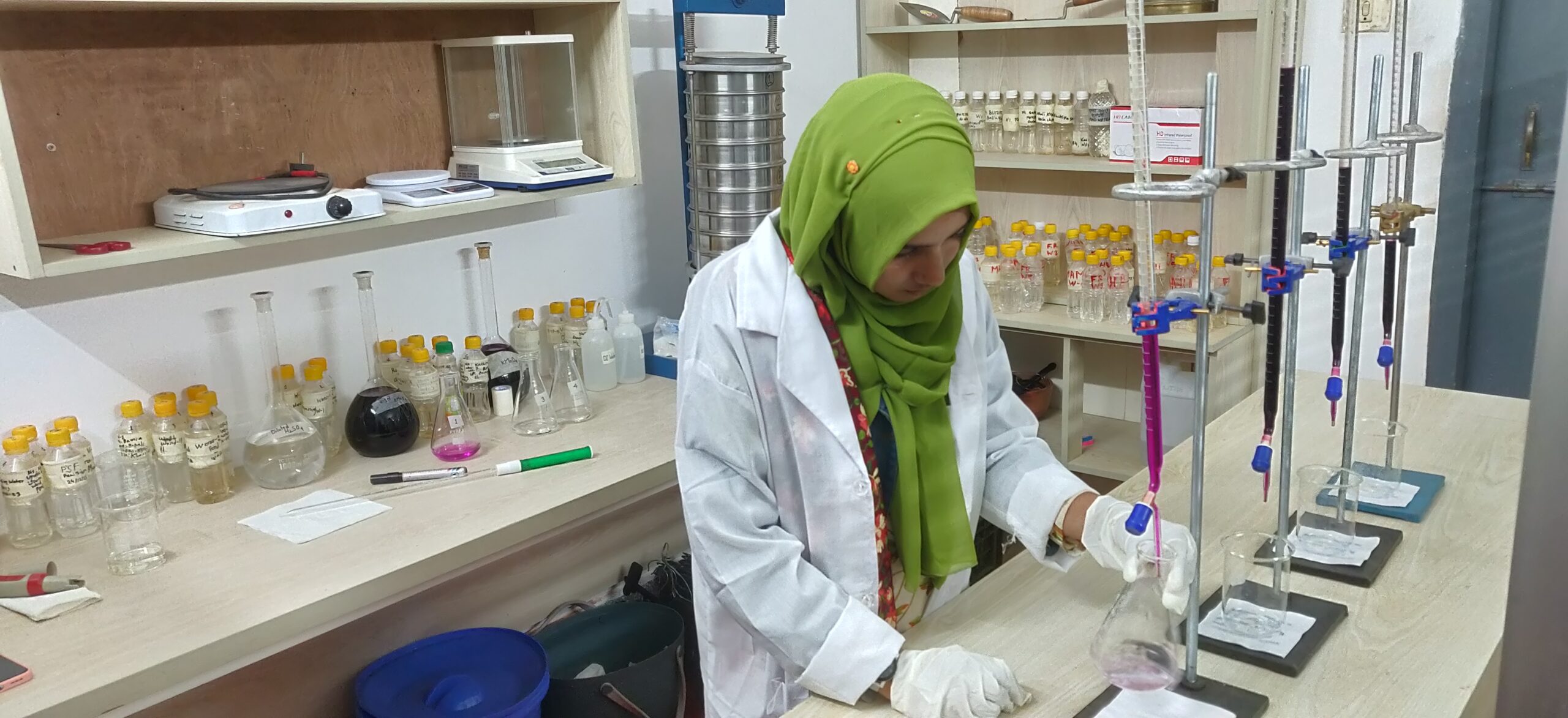


We believe that the world of research is always on the brink of amazing discoveries and advances that will allow us to live healthier and happier lives. CPE Environmental Lab is dedicated and assure accurate result for environmental lab test report for Bangladesh. Our goal is to help accurate lab report move from the environmental discovery phase to delivery by developing and conducting analytical testing that is compliant with global regulations.
CPE soil and water testing LAB Conducts Soil and water testing of Climate vulnerable residents, Disaster Vulnerable community organizations, and sometimes academic or scientific partners working collaboratively to collect samples, conduct analyses, and interpret results. These initiatives are often driven by concerns about pollution, industrial activities, or other environmental hazards that may threaten public health and the well-being of communities.
The process of soil and water testing typically includes the following steps:
Community Engagement: CPE initiatives begin by engaging with local residents to identify concerns, gather information, and mobilize community support for testing efforts. This participatory approach ensures that the testing process reflects the needs and priorities of the affected communities.
Sampling: Volunteers or trained technicians collect samples of soil and water from various locations within the community, including areas near industrial sites, agricultural fields, water bodies, or other potential sources of contamination. Samples are collected following standardized protocols to ensure accuracy and consistency.
Laboratory Analysis: Once collected, soil and water samples are sent to accredited laboratories for analysis. These analyses may include tests for heavy metals, manganese (Mn), pesticides, organic pollutants, pH levels, nutrient concentrations, and microbial contamination, among other parameters.
Data Interpretation: After receiving the test results, community members and stakeholders work together to interpret the findings and understand their implications for public health and environmental quality. This often involves collaborating with experts, such as environmental scientists or health professionals, to ensure that the data is accurately interpreted and communicated to the community.
